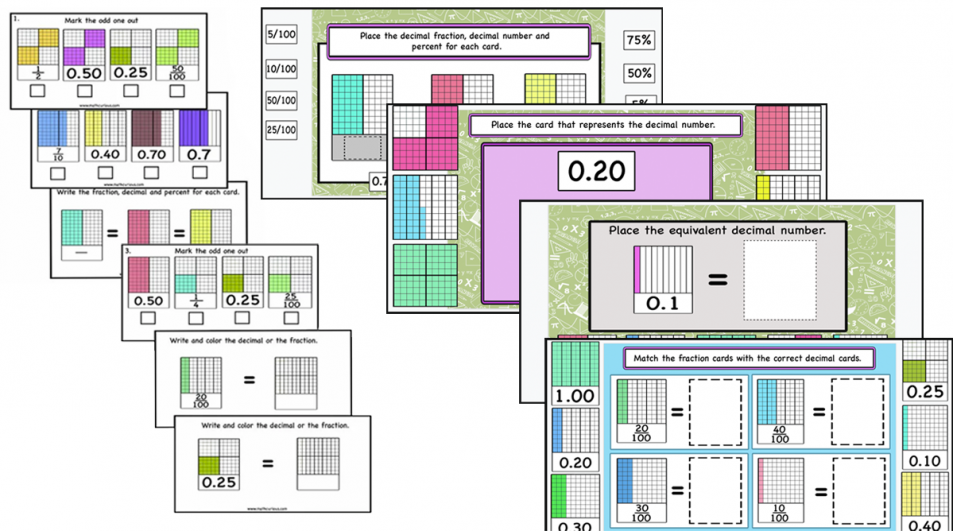Decimal numbers is often a challenging concept for students. When teaching decimal numbers, I first review the basics of thousands, hundreds, tens, and ones and then introduce tenths, hundredths, and thousandths. I always start with decimal fractions and how they translate into decimal numbers. Make sure that your students understand that decimal numbers are just numbers the come between whole numbers (integers) just like fractions and express part of the whole. Using number lines is very important as it allows students to compare decimal numbers. Grids of 10, 100 and 1000 also allow the students to visualize the decimal numbers and understand equivalence. Money is a great way to practice decimals as well.
Tips when teaching decimals
- Use money and discuss how the coins represent ones, tenths and hundredths. Explain that the decimal part refers to a fraction of a whole dollar as opposed to a whole number of nickels, dimes, or quarters.
- Discuss how the decimal point always separates the ones from the tenths and hundredths.
- Practice reading decimals.
- Provide visuals to show equivalent decimals.
- Discuss how placing zeros before the leftmost digit does not change the number’s value. (equivalence)
- Show strategies for comparing decimal numbers. (grids, number line)
Below is a collection of decimal-numbers printable and digital task cards. The cards aim to help students practice decimal numbers and decimal fractions, recognize equivalent decimal numbers, and percentages and clear any misconceptions with visuals. Some examples below.
Print cards
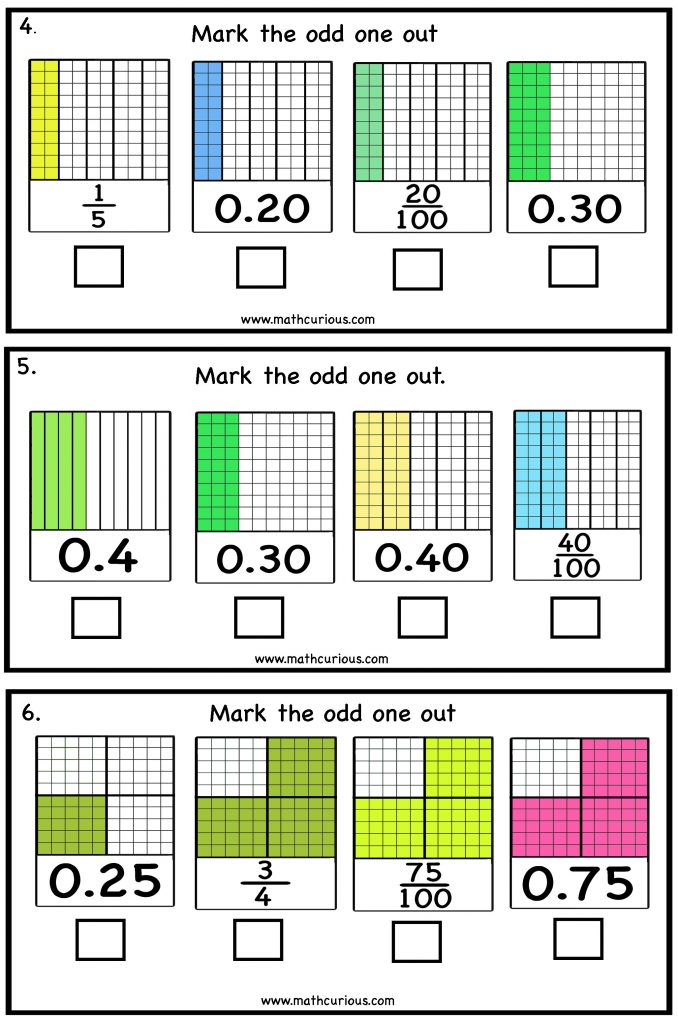

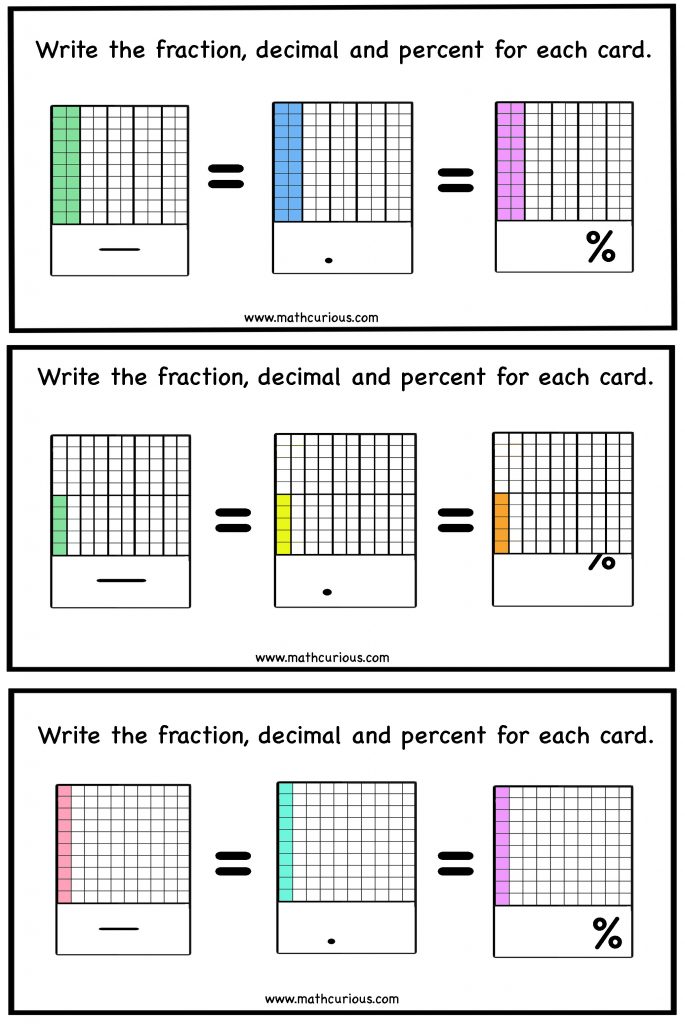
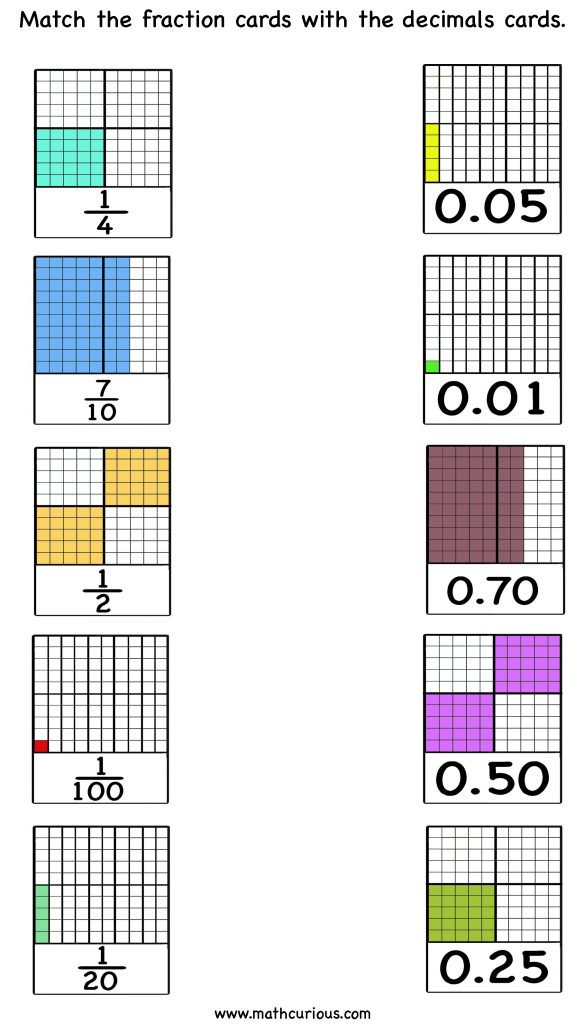
Digital activity cards

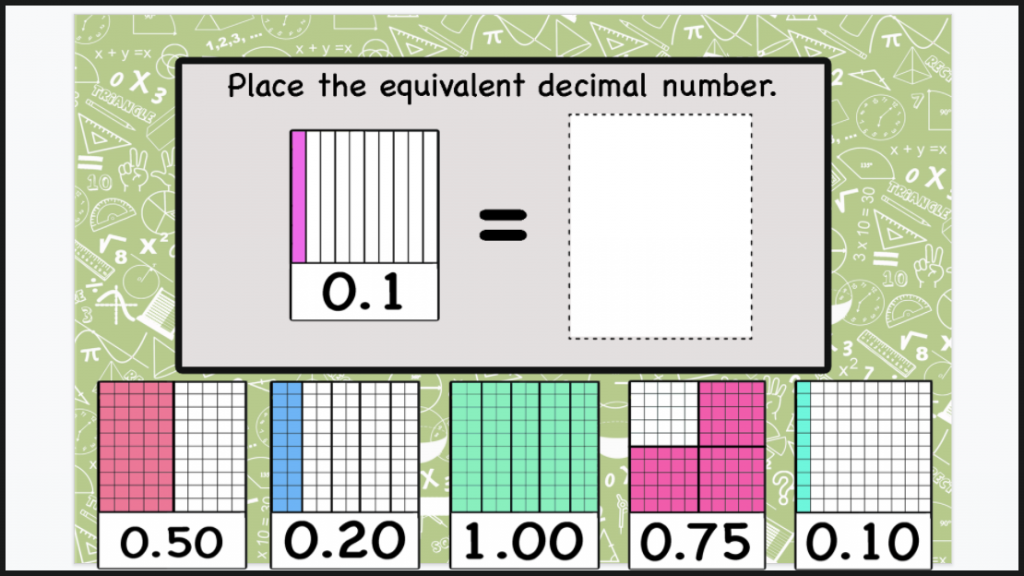
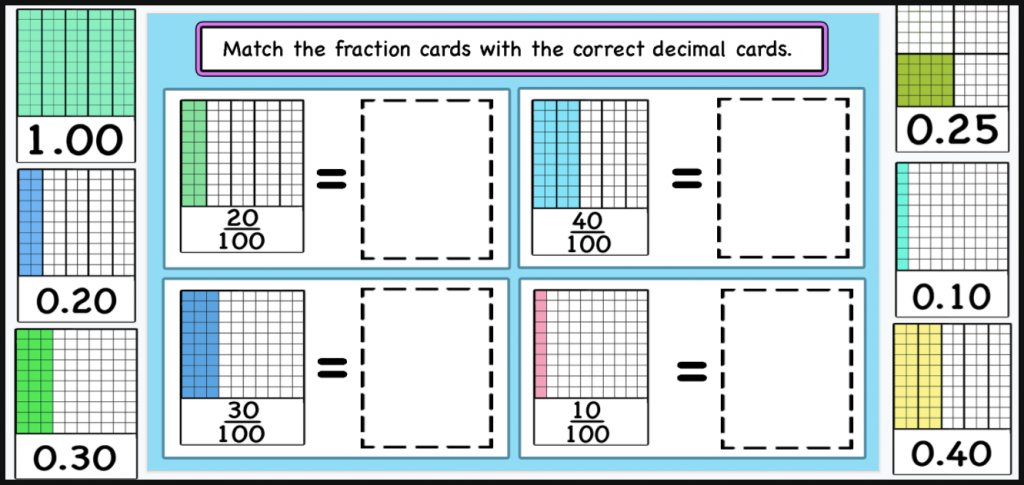





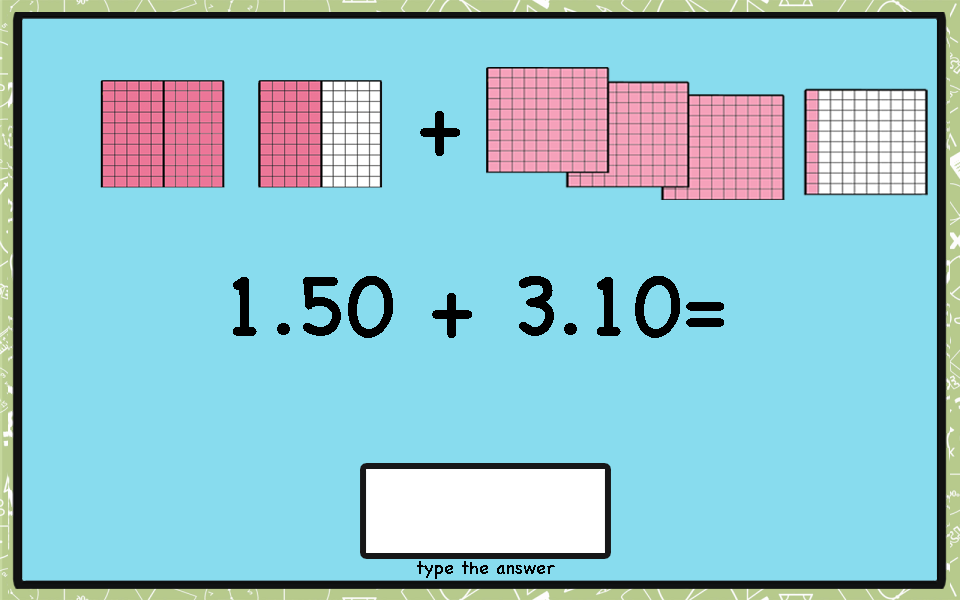
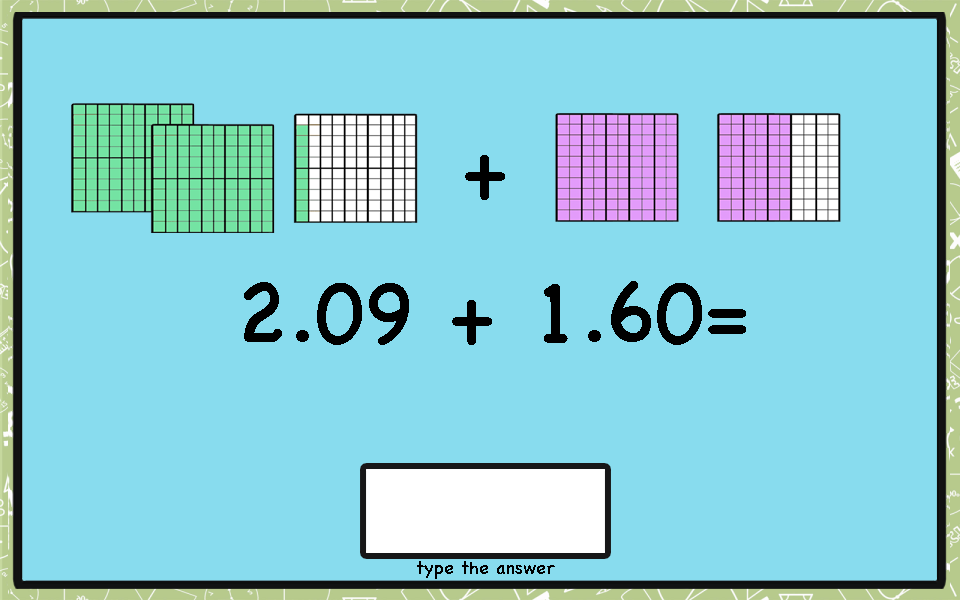
How to use the cards
The cards can be used as visual help, to initiate discussions, for practice, assessment, and enrichment for early finishers number talks, assessment and more.
As always here below is the free and the premium version of the resource.

